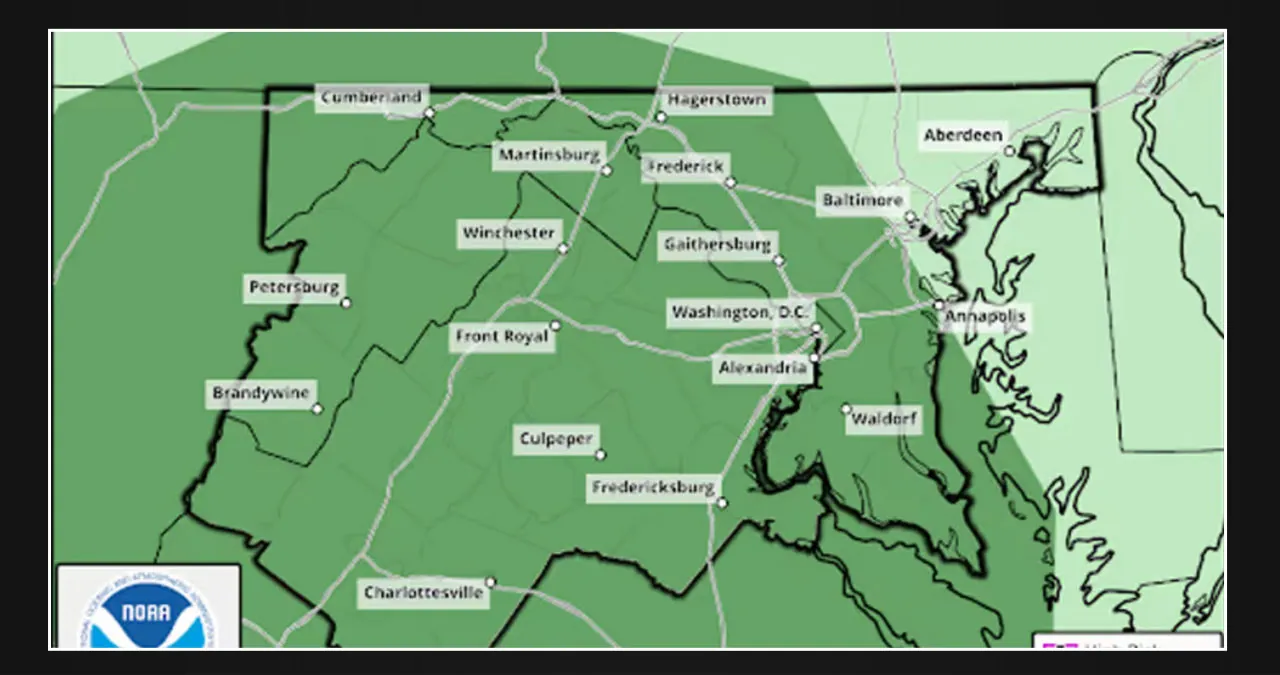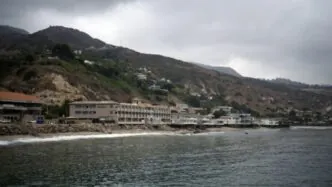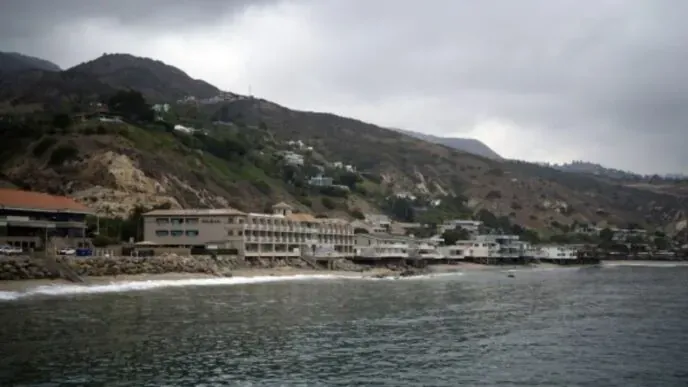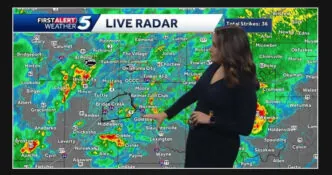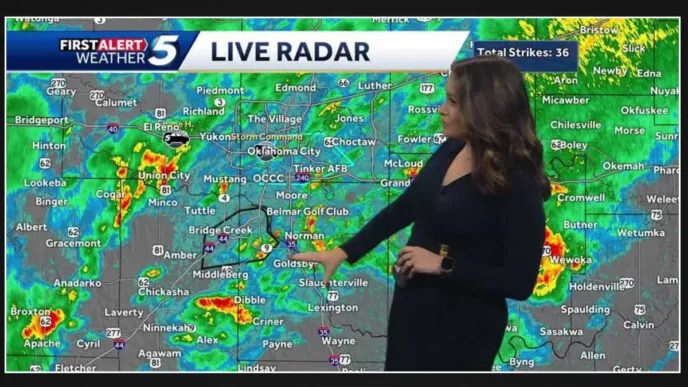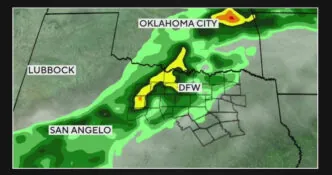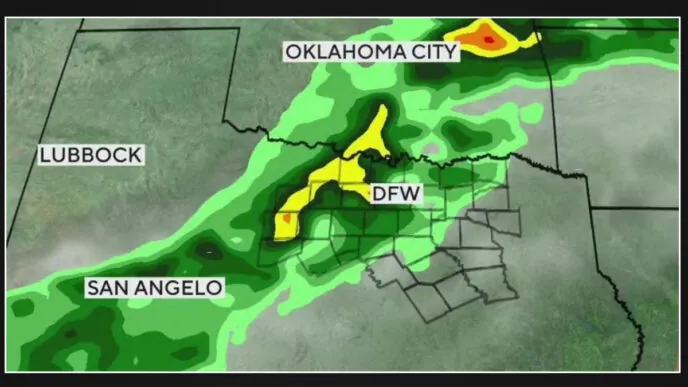Texas summers have always been scorching, but it seems like they are becoming even more unbearable. According to a recent report, cities in Texas have experienced a noticeable rise in the frequency of extremely hot days.
“We are witnessing a noticeable trend where summers are becoming increasingly hotter and extending for longer periods,” stated Tucker Landesman, a senior researcher affiliated with the International Institute for Environment and Development. “In urban areas, we have observed an average increase of approximately three degrees Fahrenheit in the maximum temperature.”
According to a recent analysis by the International Institute for Environment and Development, an independent think tank, it has been revealed that all of America’s 50 most populated cities have experienced a significant increase in temperatures over the past century. The study further highlights that cities in Texas have been particularly impacted by this trend.
“We are currently witnessing the effects,” Landesman expressed, emphasizing the tangible impact on individuals. “It is not a hypothetical situation; it directly affects people like the postal worker who faithfully delivers my mail each day.”
In 1976, the city of Fort Worth experienced a little over five weeks of scorching temperatures exceeding 95 degrees. Fast forward to 2023, and that number has nearly doubled. Similarly, Arlington went from enduring 6.5 weeks of intense heat to more than 11 weeks. Dallas also witnessed a significant increase of 57% in the frequency of extremely hot days.
According to Landesman, the construction of our cities contributes to the daily increase in temperature. He points out that this becomes evident when you walk on the pavement or asphalt, with a tall concrete building nearby, and feel the intense heat radiating from these surfaces.
The City of Lewisville is dedicated to preserving green spaces amidst a growing concern about the urban heat island effect, which can raise temperatures by up to 20 degrees. This commitment is crucial as developers continue to acquire land across North Texas for residential and commercial purposes.
Stacie Anaya, the director of Parks & Recreation for the City of Lewisville, emphasized the significance of preserving our canopy and prairie landscape, comparing it to the importance of manmade systems like air conditioning in ensuring our comfort.
The city is actively working towards its objective of ensuring that all residents have access to a park within a 10-minute walk by 2035.
“We aim to ensure that every resident in Lewisville can enjoy the advantages of living near green spaces and have nature right at their doorstep,” she expressed.
Anaya has high hopes that this initiative will serve as a blueprint for other communities in North Texas.
“We aim for the growth of Lewisville’s infrastructure to extend beyond its boundaries,” stated Anaya. “This is crucial for us to maintain our position as a prosperous region both domestically and globally.”
Landesman’s goal is to use the data as a source of inspiration for individuals to come up with effective strategies to combat and adapt to the rising temperatures.
He expressed deep concern about the potential consequences of inaction, emphasizing that the impacts are not limited to the economy but also pose a threat to our overall well-being and human lives. According to him, the repercussions of rising temperatures extend to everyone.
According to a report published earlier this year by the state climatologist at Texas A&M University, the number of triple-digit days in Texas is projected to quadruple by 2036.


